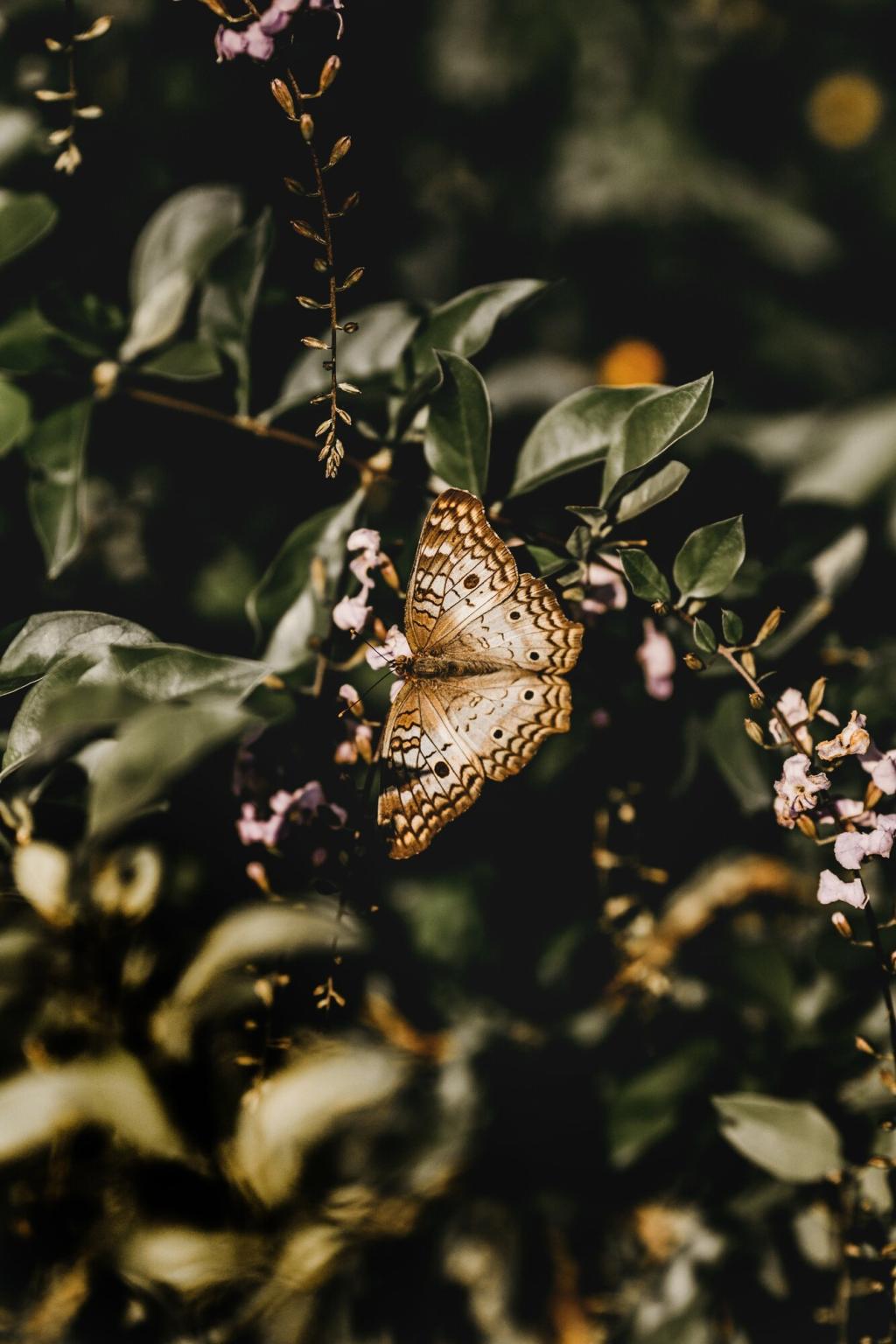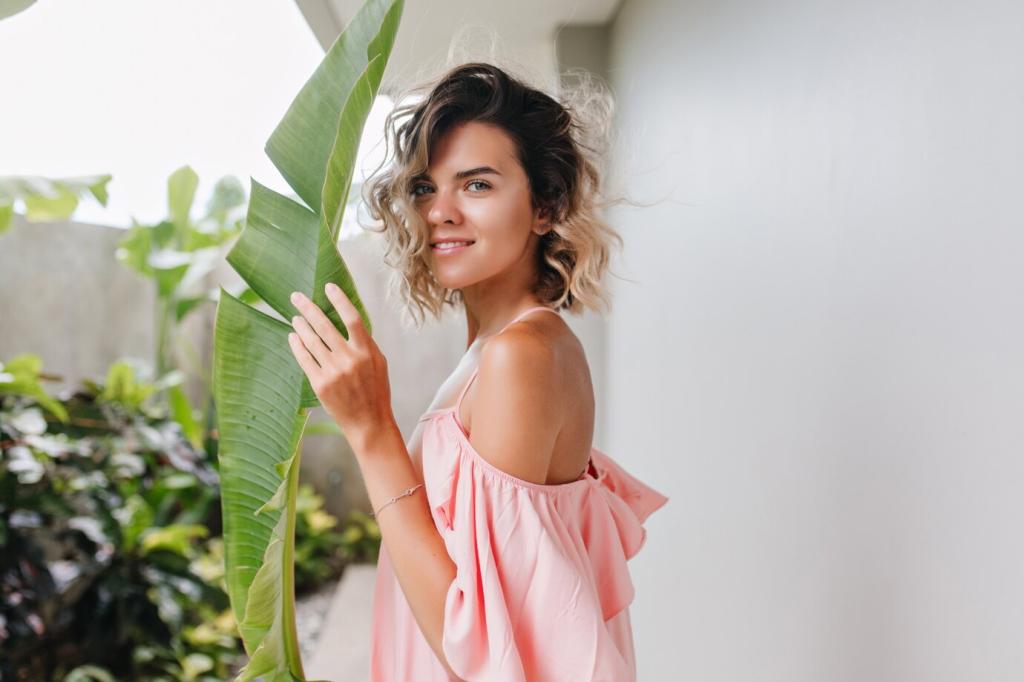Nature-Tech Synergy for City Dwellers
Choose planters with wicks and reservoirs, then add low-cost soil moisture probes for timely alerts. Capacitive sensors reduce guesswork and root rot. Post your plant list, and we’ll help calibrate watering windows for healthier growth and fewer surprises.
Nature-Tech Synergy for City Dwellers
Track CO2, humidity, and particulates to guide plant placement and ventilation schedules. Hardy spider plants and peace lilies complement, not replace, fresh air strategies. Share your baseline readings, and we’ll suggest plant-grouping tactics for meaningful improvements.
Nature-Tech Synergy for City Dwellers
Use self-watering troughs, rain jars on balconies, and recycled containers to reduce waste. Avoid graywater for edibles. Set calendar nudges for refills. Comment with your climate zone, and we’ll recommend drought-tolerant species and simple irrigation upgrades.
Nature-Tech Synergy for City Dwellers
Lorem ipsum dolor sit amet, consectetur adipiscing elit. Ut elit tellus, luctus nec ullamcorper mattis, pulvinar dapibus leo.







